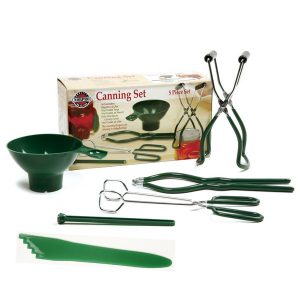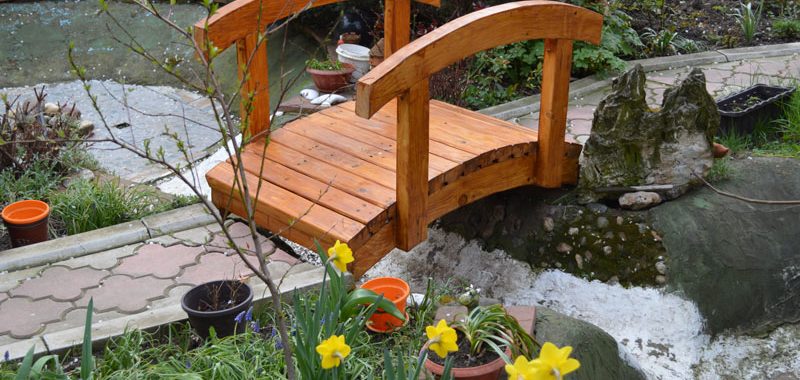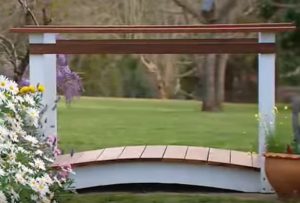 The secret is out: feeding your lawn is the fastest, surest way to a lush, barefoot-worthy lawn. Summer equals outdoor time, so it’s important to keep your lawn green and gorgeous for maximum enjoyment all season long.
The secret is out: feeding your lawn is the fastest, surest way to a lush, barefoot-worthy lawn. Summer equals outdoor time, so it’s important to keep your lawn green and gorgeous for maximum enjoyment all season long.
Feeding with Scotts Step-3 with 2% Iron is an important part of your summer lawn care regimen! It creates green-up, adds strength, and protects from drought.
There are many reasons to maintain a healthy lawn, and a few may surprise you! A lush lawn…
Keeps You Cooler: Plants, including grass, help keep outdoor living spaces cool. In cities, where there are fewer lawns and trees, the temperature can be between 2 and 22 degrees warmer than surrounding areas that have lawns and wooded areas. A healthy lawn can buffer the heating effects of the sun, helping to keep your home cooler—and your electric bill lower.
Helps Fight Allergies: Some people are allergic to the pollen produced by common lawn weeds. Thick, healthy grass leaves little room for weeds. Water the right amount at the right time, feed your grass on a regular schedule, and mow at the correct height, and your weed problems may just become a thing of the past.
Improves Air Quality: When your yard is covered by lush grass rather than patchy weeds and bald spots, the air quality will be improved. Simply put, lawns trap dust, pollen, and other floating particles so you can breathe easier.
 Decreases Stress: Multiple studies have shown that spending time in, or even just looking at, nature (think grass, trees, water) naturally decreases stress hormones. In an ever-connected, screen-focused world, just looking at a lovely lawn can cause you to breathe easier, sleep better, and feel calmer.
Decreases Stress: Multiple studies have shown that spending time in, or even just looking at, nature (think grass, trees, water) naturally decreases stress hormones. In an ever-connected, screen-focused world, just looking at a lovely lawn can cause you to breathe easier, sleep better, and feel calmer.
Provides a Quieter Living Space: A lawn acts like soundproofing for your living space, helping to absorb noise from neighbors, cars, and maintenance vehicles. The result is a quieter, more serene environment.
Gives You Somewhere to Have Fun: It’s so important to take a bit of time away from work and other obligations to kick back and relax, and a beautiful lawn is just the place to do that. Lounge in the hammock, set up a croquet game, or just play with your kids in the grass—whatever brings you happiness.
Boosts Curb Appeal: When you’re trying to sell your house, one of the first things on the to-do list is usually to improve the look of your lawn and landscaping. That’s a wise choice, as attractive, well-maintained landscaping can add 10 to 15 percent to the value of your home or property. In other words, all that time spent keeping your lawn looking gorgeous is time very well spent.
Are you ready to maintain a lush, green lawn for optimal living? A healthy lawn begins with regular feeding. Here are some of the benefits of fertilizing your lawn:
1) “Barefootable” Grass

Backyards and barbecues. Trampolines and kids. Neighbors and friends. They’re everything thick, green lawns were made for. Regular feedings provide the nutrients your lawn needs to look its best and withstand the stresses of weeds, heat, drought and family activity.
2) Worry-Free Lawn

Regular feedings are the fastest, most affordable way to care for your lawn, keeping problems out of your yard and off your mind. Feeding your lawn two or three times a year gives grass plants the nutrients they need for deep roots and strong, full blades. One bag of Scotts® Turf Builder® feeds an average-size lawn and goes down easily in about 15 minutes. That’s all it takes to grow stronger, greener grass that can crowd out weeds and stand up to heat, sun, stress and play.
3) A Breath of Fresh Air
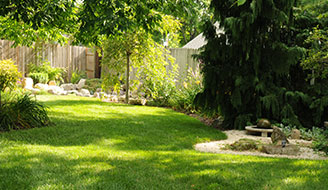
Grass is living, breathing nature right outside your door. And like all living plants, it needs food and water. While you and Mother Nature can easily take care of the watering, grass plants simply cannot thrive without proper nutrients. That’s where regular feedings become critical.
Regular Feedings Are Key
Like your teeth or your health, it’s easier to keep your lawn at its best with an ounce of prevention. Just feed your lawn every 6 to 8 weeks to keep it looking nice and worry-free.
Sources:https://www.scotts.com/en-us/library/lawn-food/benefits-fertilizing-your-lawn, https://www.scotts.com/en-us/library/lawns-matter/how-healthy-lawn-can-benefit-your-lifestyle
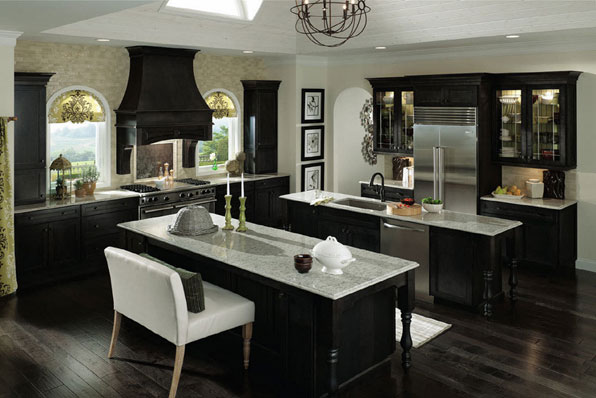 Kitchen Designers are “Creative Problem Solvers”
Kitchen Designers are “Creative Problem Solvers”
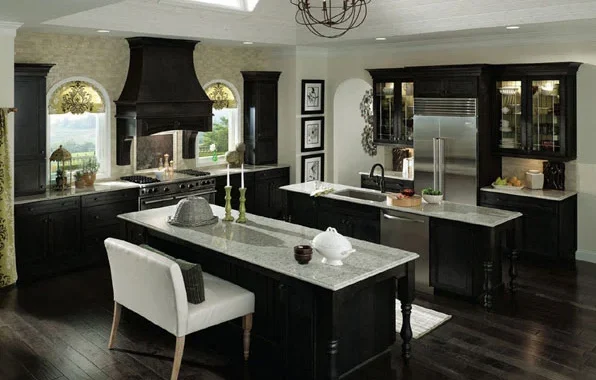

 The secret is out: feeding your lawn is the fastest, surest way to a lush, barefoot-worthy lawn. Summer equals outdoor time, so it’s important to
The secret is out: feeding your lawn is the fastest, surest way to a lush, barefoot-worthy lawn. Summer equals outdoor time, so it’s important to  Decreases Stress: Multiple studies have shown that spending time in, or even just looking at, nature (think grass, trees, water) naturally decreases stress hormones. In an ever-connected, screen-focused world, just looking at a lovely lawn can cause you to breathe easier, sleep better, and feel calmer.
Decreases Stress: Multiple studies have shown that spending time in, or even just looking at, nature (think grass, trees, water) naturally decreases stress hormones. In an ever-connected, screen-focused world, just looking at a lovely lawn can cause you to breathe easier, sleep better, and feel calmer.


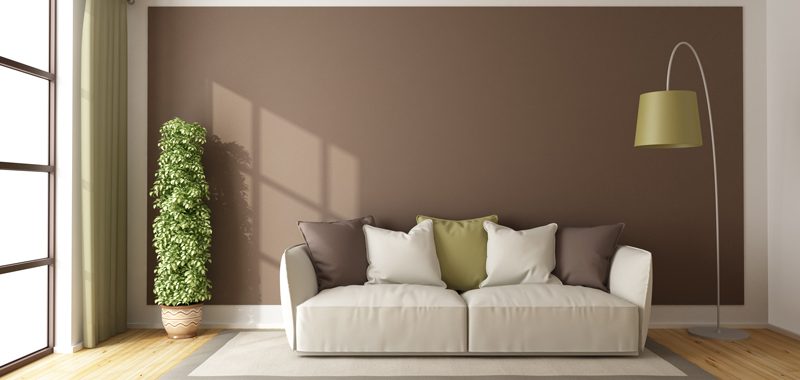
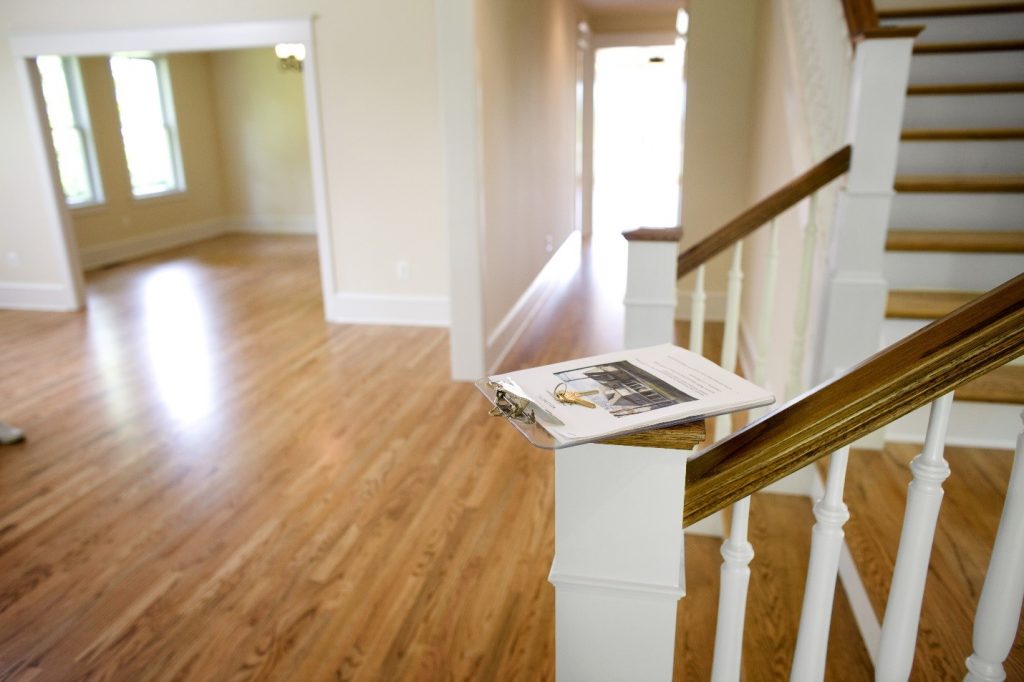 When it comes to selling your home, first impressions are everything. Eager buyers may ask questions about
When it comes to selling your home, first impressions are everything. Eager buyers may ask questions about 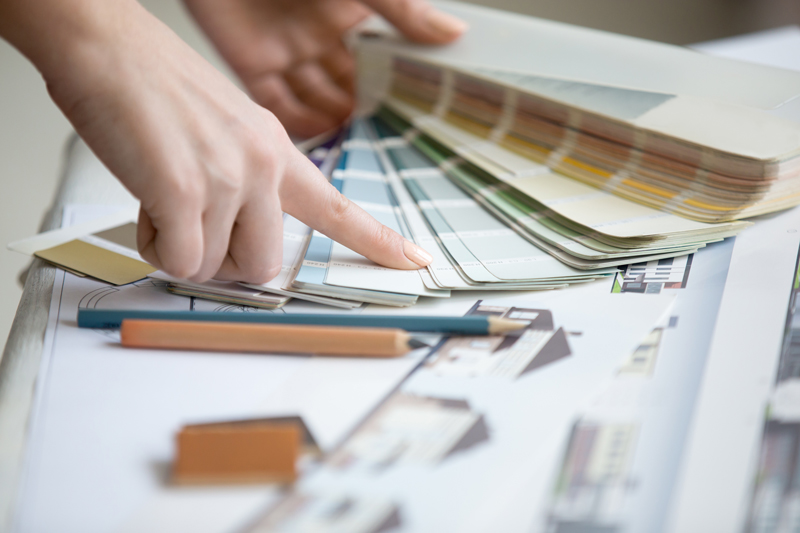 Paint is a simple way to apply or change the whole feeling of a home. The wrong color inside or out can turn a buyer off from the entire house. To help appeal to the most buyers, seasoned real estate professionals recommend painting your home in neutral colors.
Paint is a simple way to apply or change the whole feeling of a home. The wrong color inside or out can turn a buyer off from the entire house. To help appeal to the most buyers, seasoned real estate professionals recommend painting your home in neutral colors.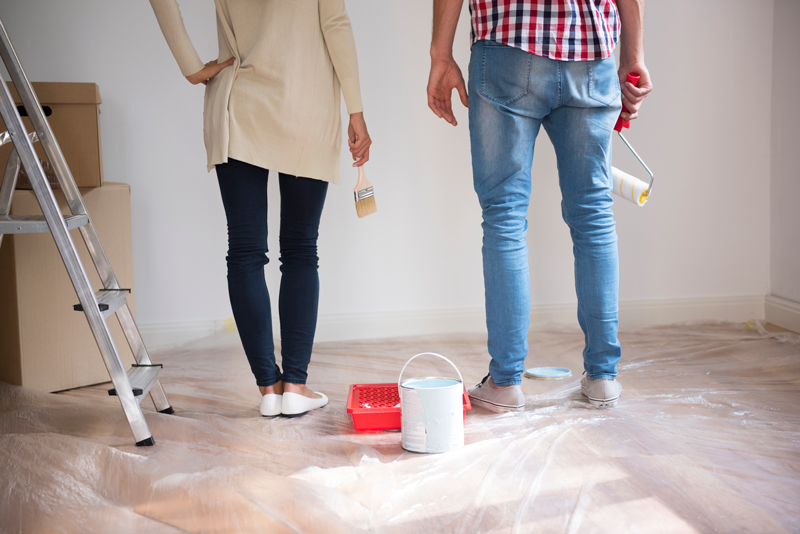 Bathrooms:
Bathrooms: 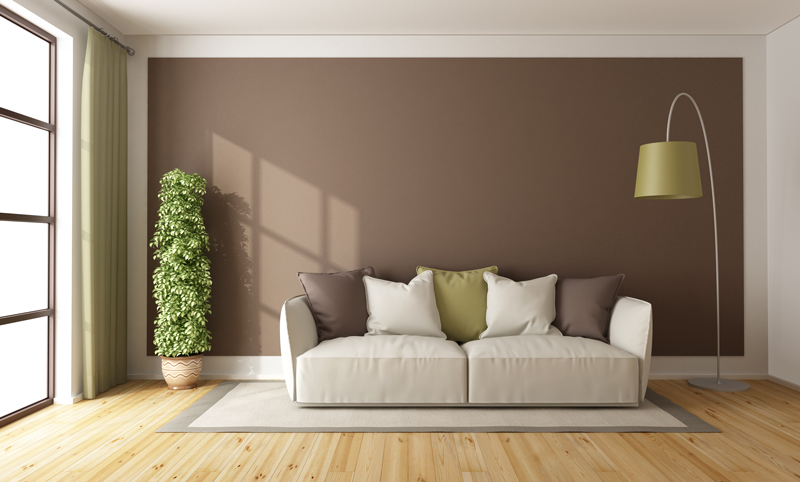 Living Room:
Living Room: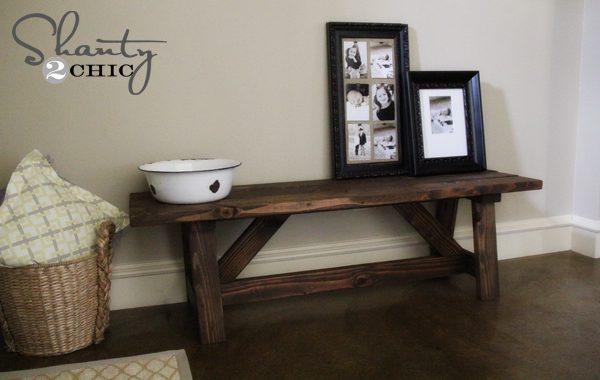
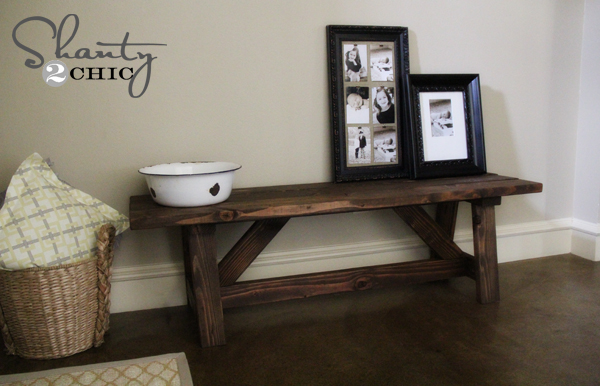
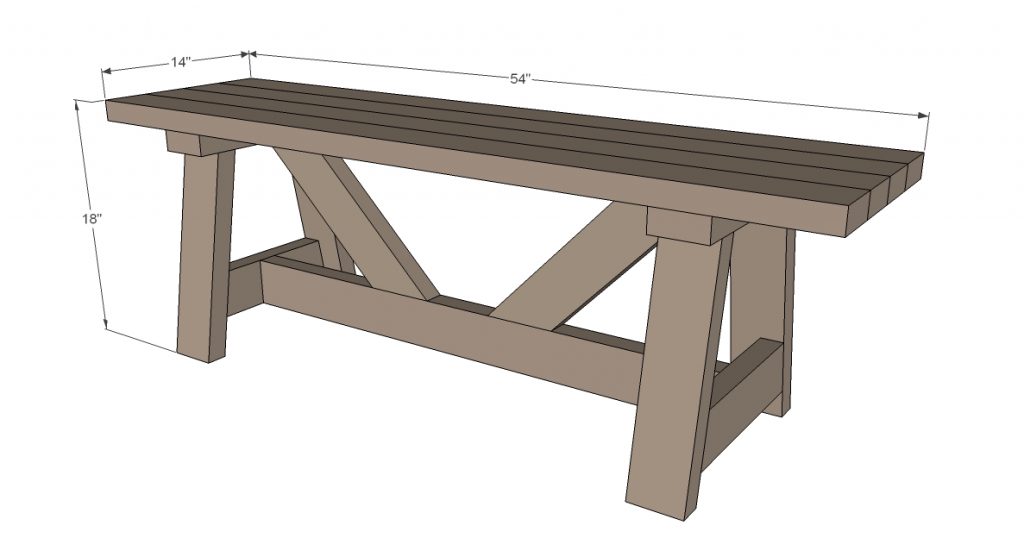
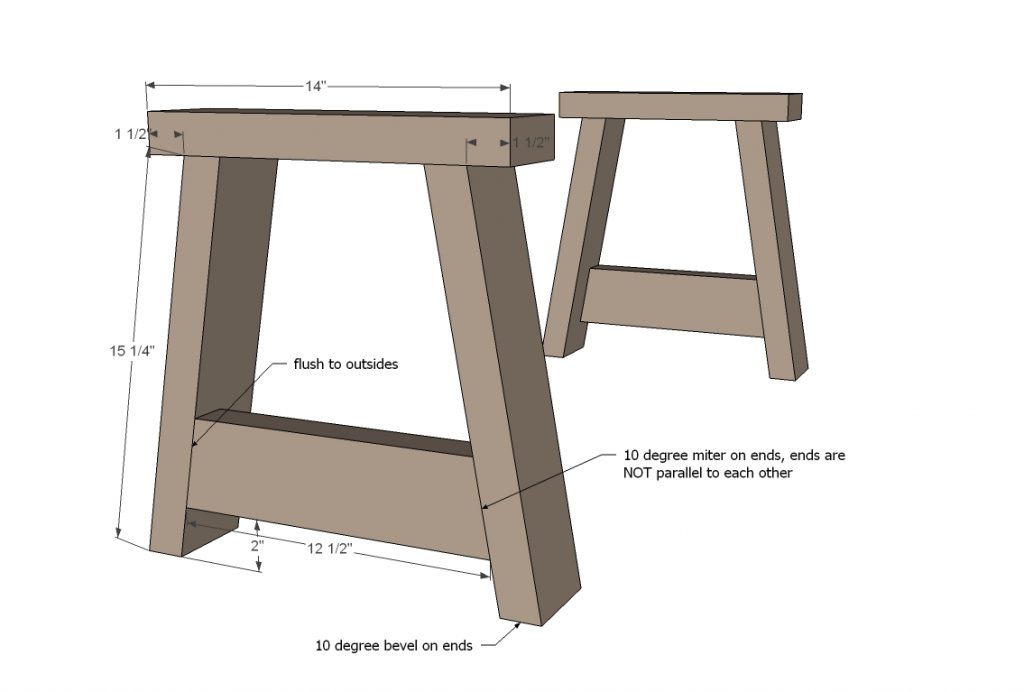


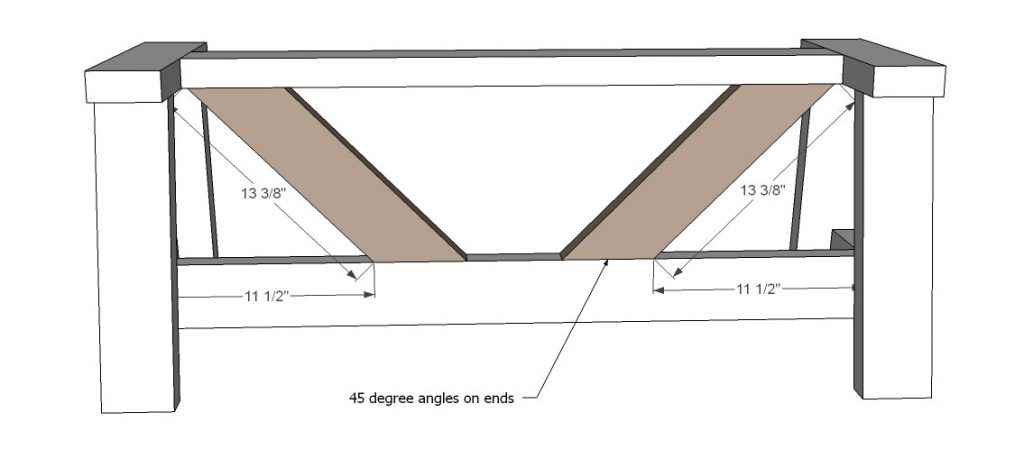
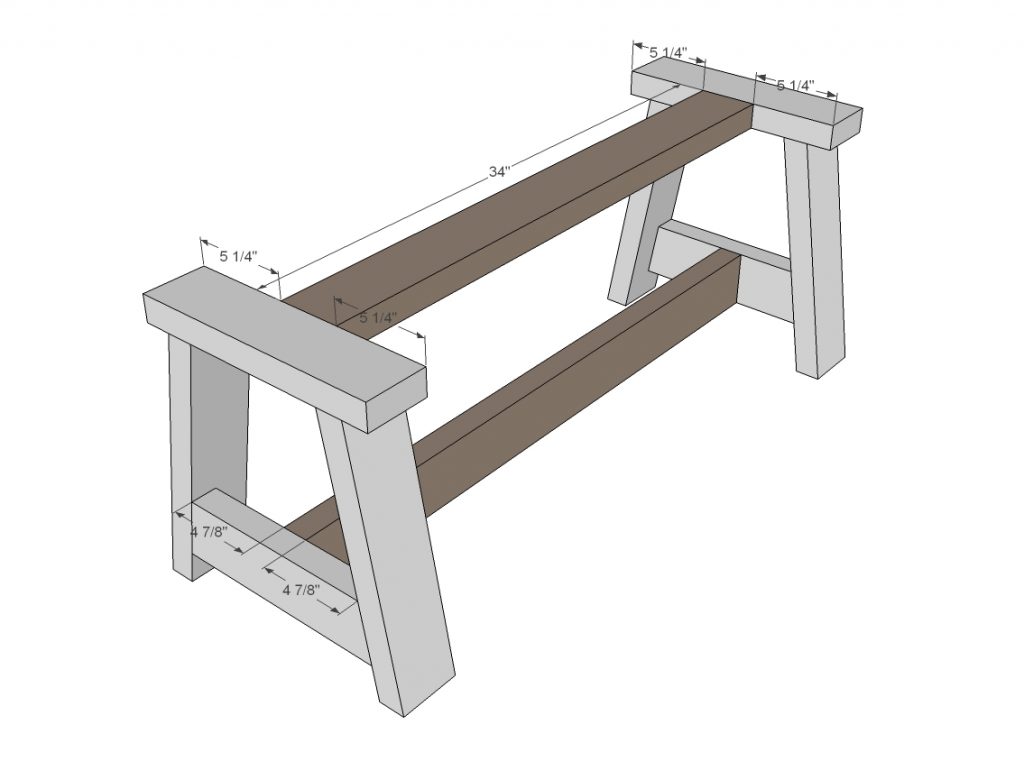

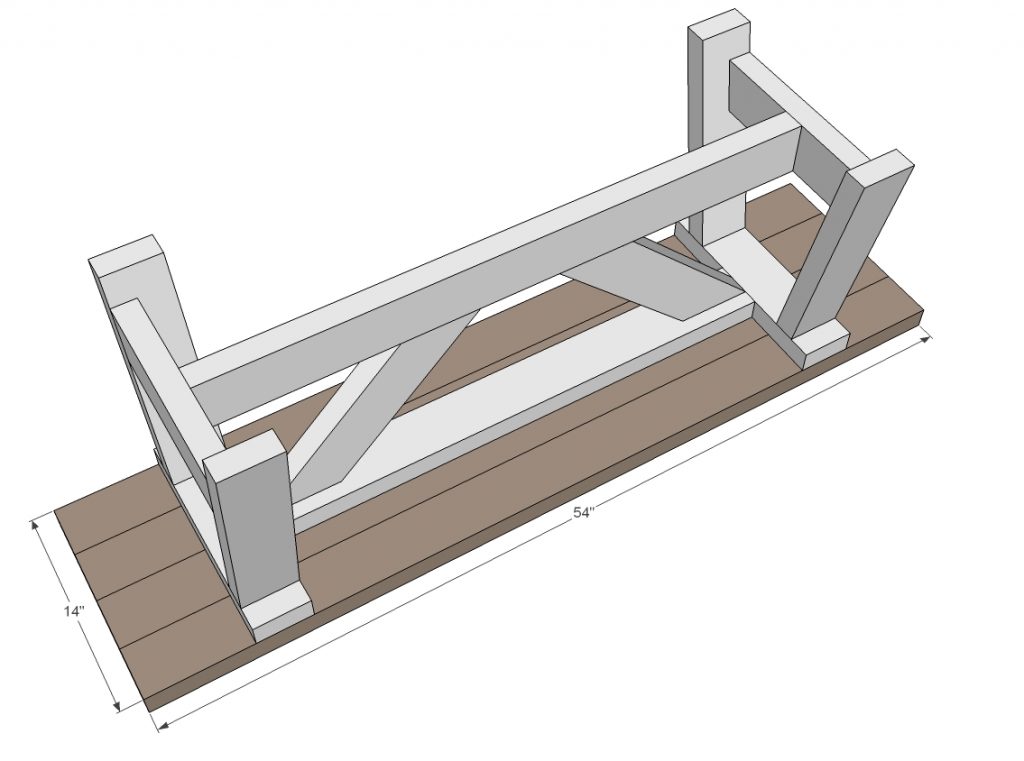



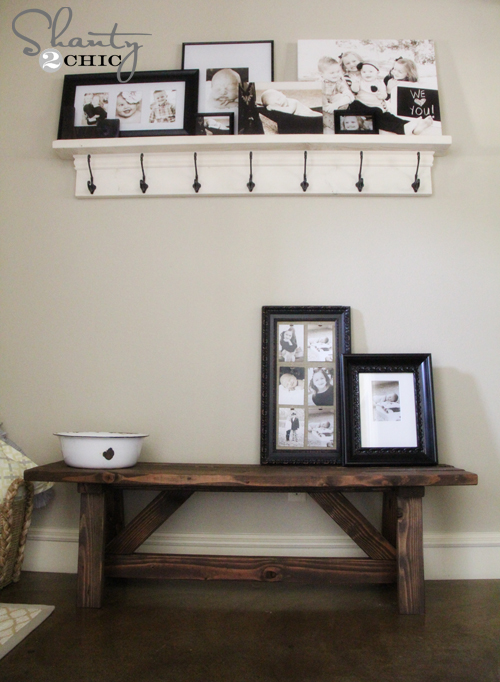 Fill all holes with wood filler and let dry. Apply additional coats of wood filler as needed.
Fill all holes with wood filler and let dry. Apply additional coats of wood filler as needed.






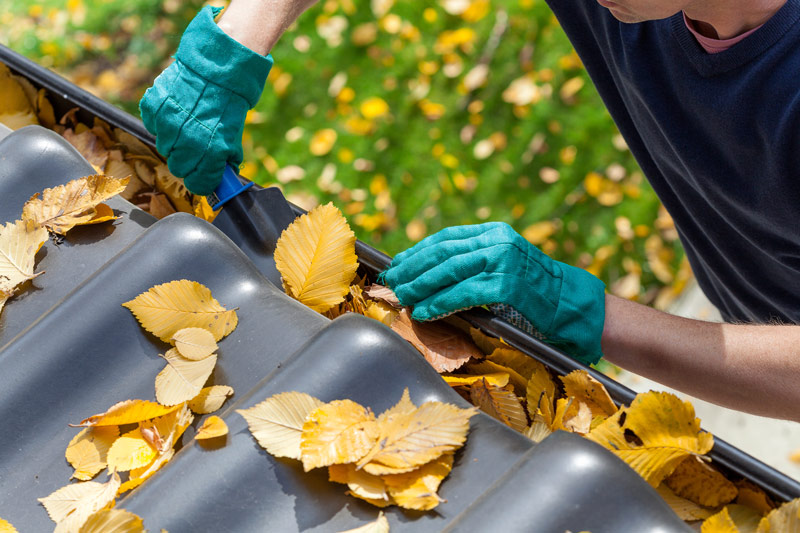
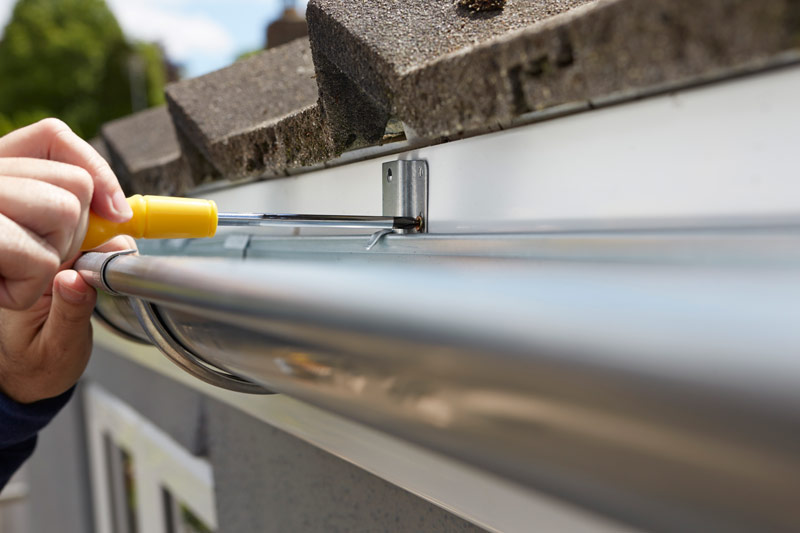 Step 3: Repair Small Holes and Cracks
Step 3: Repair Small Holes and Cracks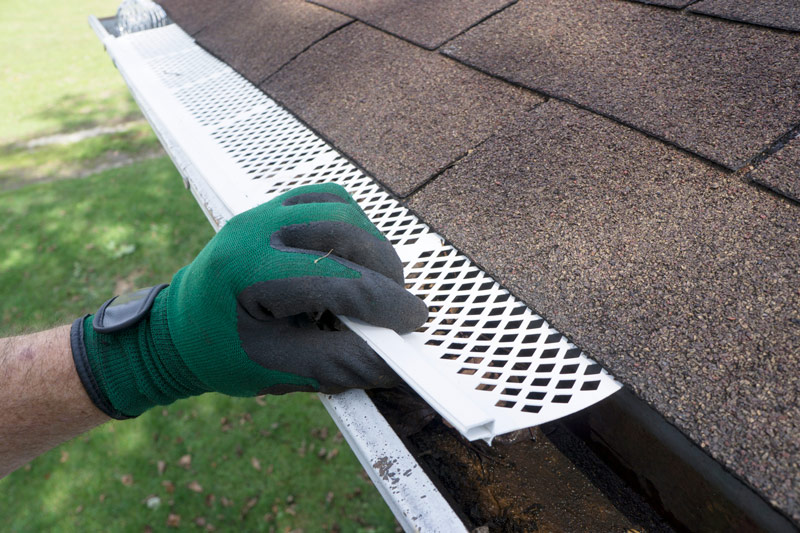 Step 6: Install Gutter Screens or Guards
Step 6: Install Gutter Screens or Guards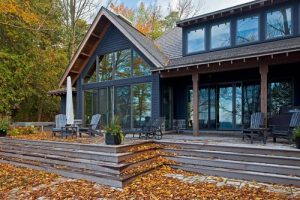
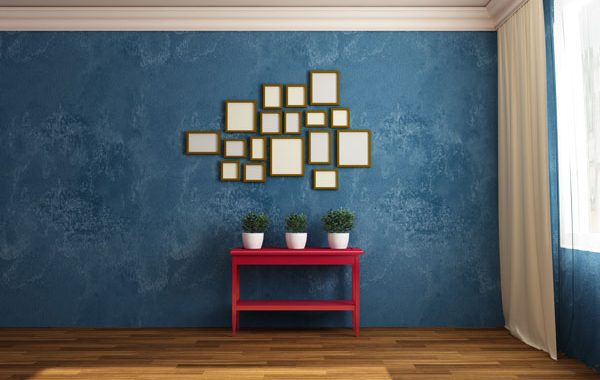
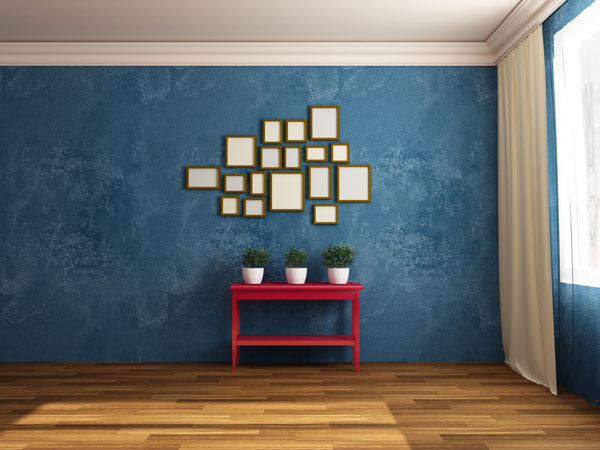
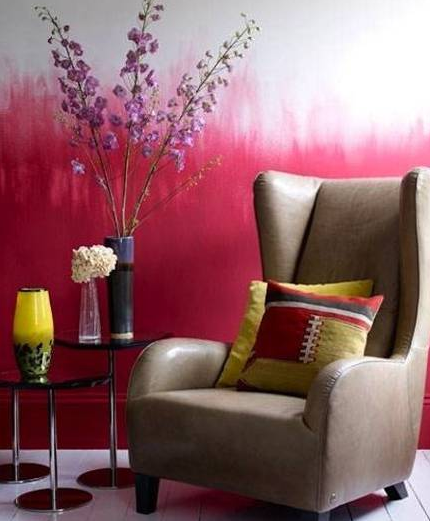
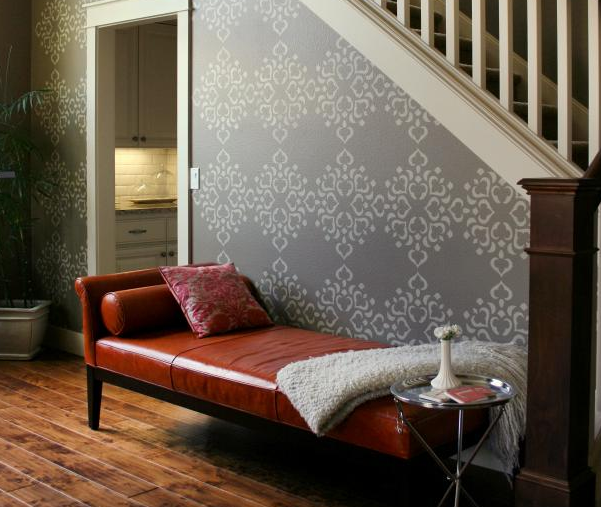

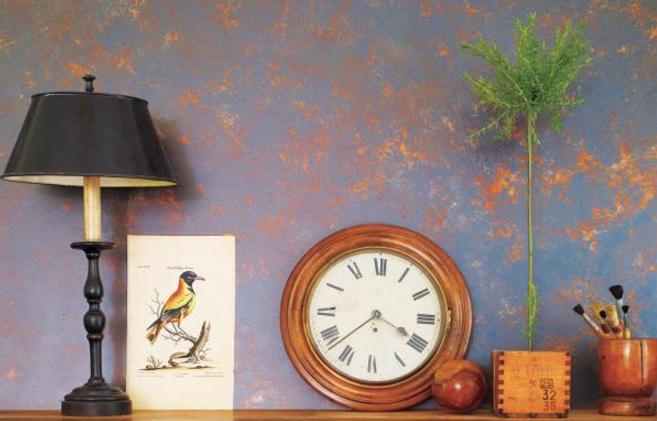
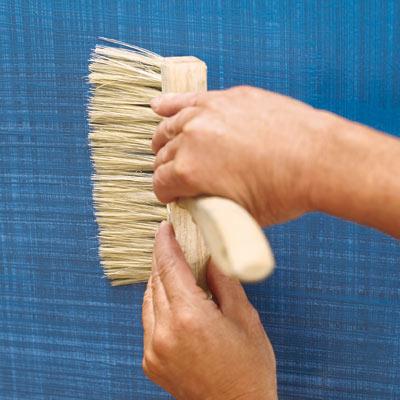
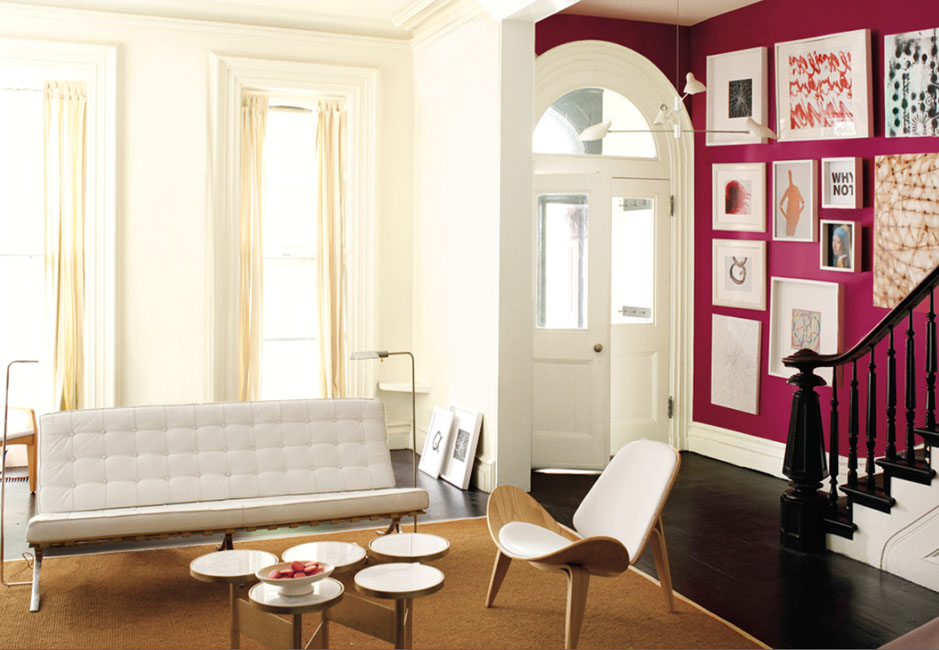

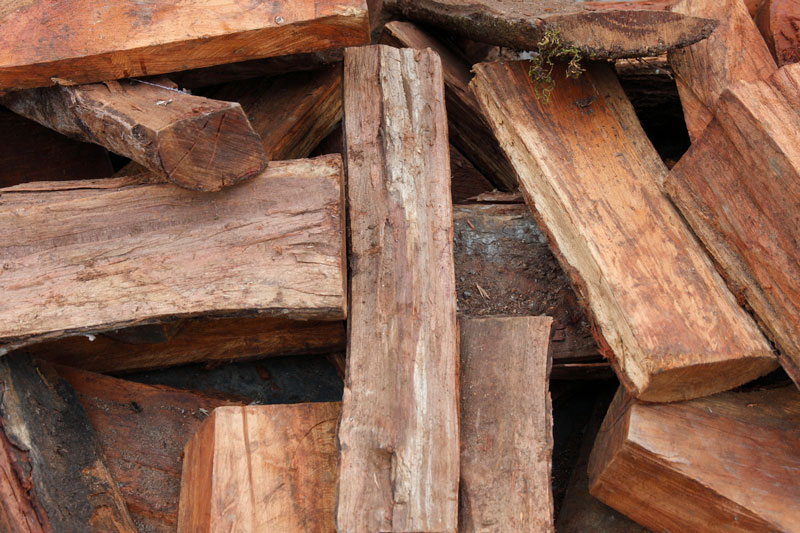
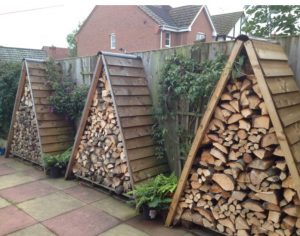
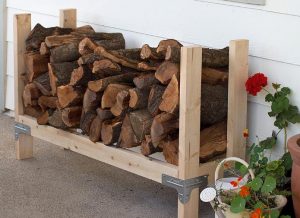 TOOLS
TOOLS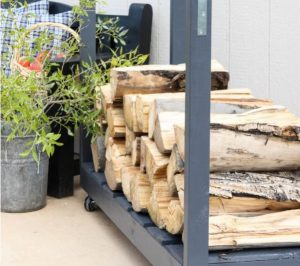
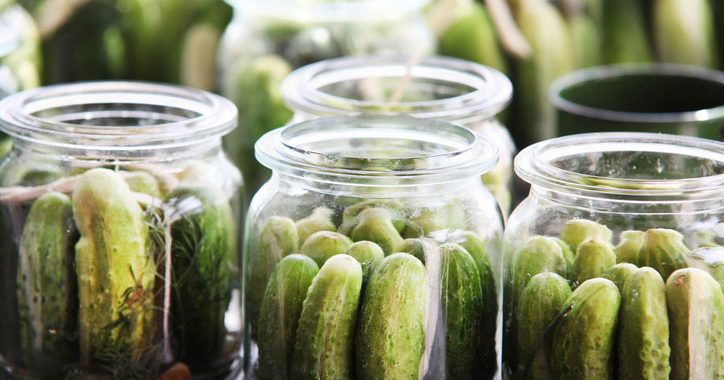
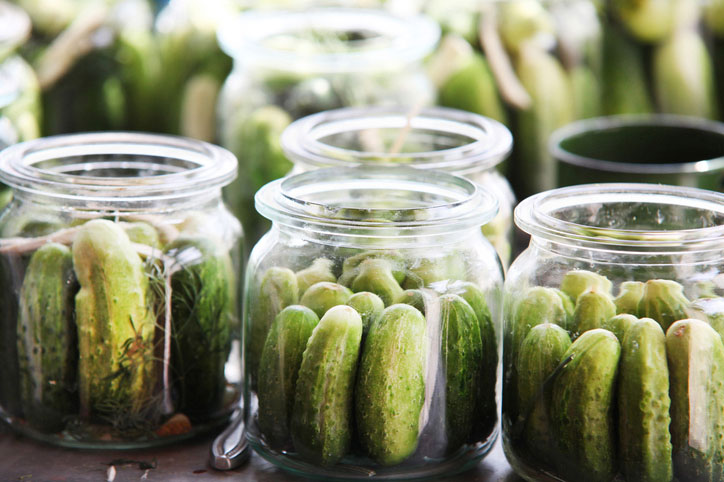
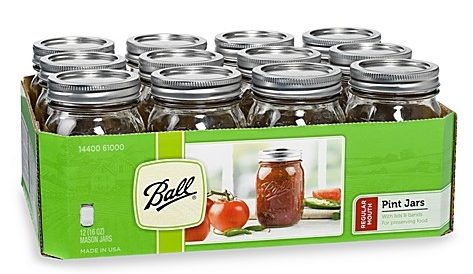 Have you ever wondered how to preserve all that food in your garden? Learning about
Have you ever wondered how to preserve all that food in your garden? Learning about  “Processing” is a method of cooking the food before sealing it in glass jars. The process of canning effectively sterilizes the bacteria that normally can cause spoilage. This means you can store the food for up to five years in proper conditions which is far longer than it would keep in the fridge!
“Processing” is a method of cooking the food before sealing it in glass jars. The process of canning effectively sterilizes the bacteria that normally can cause spoilage. This means you can store the food for up to five years in proper conditions which is far longer than it would keep in the fridge!